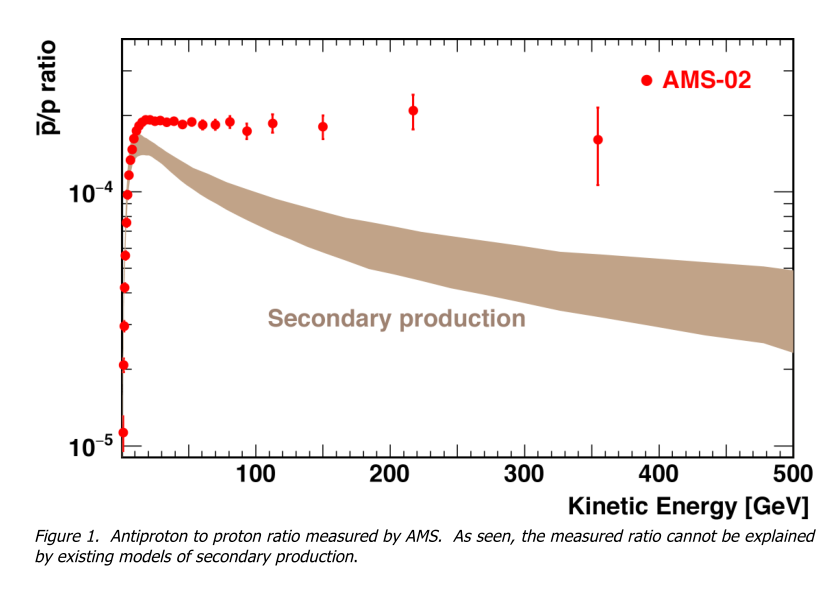AMS Days at CERN
The conference 'AMS Days at CERN' took place from 15 to 17 April at the Main Auditorium. Its aim was to provide an overview of the latest results of the Alpha Magnetic Spectrometer, as well as bring together experts in astroparticle physics to exchange ideas and discuss the recent developments in the field.
The event included 33 lectures by leading scientists from IceCube, the Pierre Auger Observatory, Fermi-LAT, HESS and CTA, Telescope Array, JEM-EUSO, and ISS CREAM, who shared their research results and talked about their theoretical implications for the future of cosmic ray physics. A distinguished group of some of the world's most renowned theoretical physicists, including K. Blum (Institute for Advanced Studies), J. Ellis (King’s College), L. Randall (Harvard University), S. Sarkar (Oxford University and Niels Bohr Institute), as well as CERN leaders, R. Heuer and F. Zwirner, and government officials gave presentations and shared their insights with the audience.

The main topic of the conference was the AMS, the only particle physics experiment on the ISS. The detector was assembled and calibrated at CERN, but its components were built in 16 countries all around the world. It was launched in May 2011, on the final flight of the space shuttle Endeavour and, since then, it has collected more than 60 billion cosmic ray events, providing a wealth of data for analysis. It will remain on the ISS at least until 2024, with the aim of expanding our knowledge of dark matter, antimatter, and the origin of cosmic rays.
The experiment produced results on the positron fraction, the electron spectrum, the positron spectrum, and the combined electron plus positron spectrum, which are consistent with dark matter collisions. As existing models of the collision of ordinary cosmic rays cannot explain these results, several new models have been designed, demonstrating that the results could be explained by new astrophysical sources or new acceleration and propagation mechanisms.
AMS carries out measurements to distinguish if the observed new phenomena are from dark matter and determine the rate at which the positron fraction falls beyond its maximum, as well as the measurement of the antiproton to proton ratio. It was observed that the antiproton to proton ratio stays constant from 20 GeV to 450 GeV kinetic energy, a behavior that cannot be explained by secondary production of antiprotons from ordinary cosmic ray collisions.

The data collected by AMS regarding the positron fraction, the antiproton/proton ratio, the behavior of the fluxes of electrons, positrons, protons, helium, and other nuclei give precise and valuable information, shedding new light on our understanding of these phenomena. The accuracy and characteristics of the data, simultaneously from many different types of cosmic rays, require a comprehensive model to ascertain if their origin is from dark matter, astrophysical sources, acceleration mechanisms, or a combination of these factors.
The conference included two fascinating public lectures by NASA officials: “Human Space Exploration” by William Gerstenmaier, NASA Associate Administrator, and “The Odyssey of Voyager” by Prof. Edward C. Stone of Caltech. The whole event was webcast, so as to give everyone a chance to attend.
Read more here.
